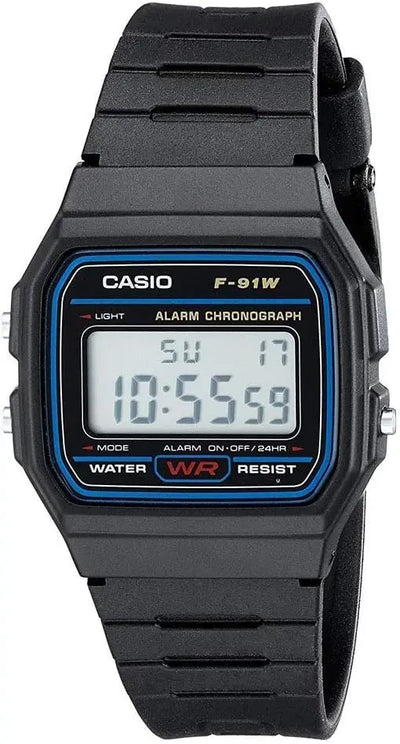
What is the best-selling watch in the world?
Which watch is the best-selling in the world among all the brands and models available on the market? We will explore...

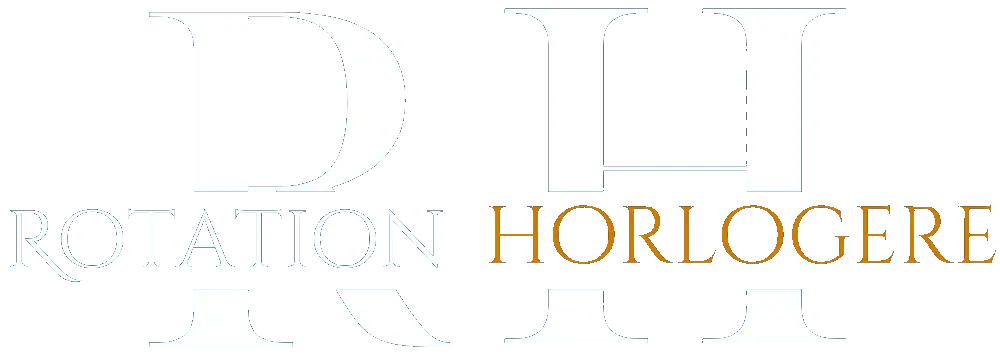
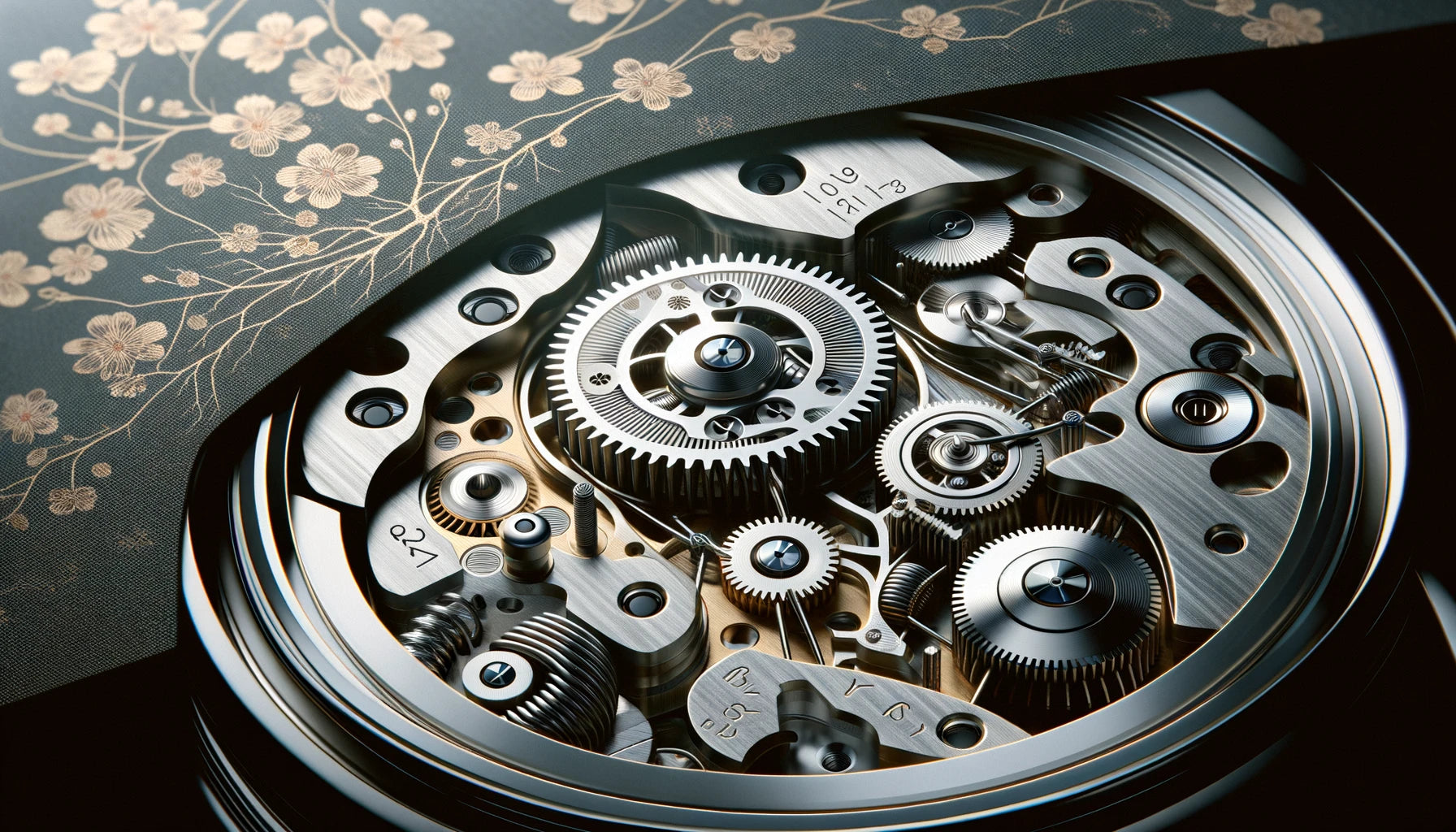
In the fascinating world of watchmaking, the debate between Swiss and Japanese movements is as old as time itself. Choosing between these two giants is not just a matter of preference, but also an appreciation of the engineering and heritage behind each tick.
Key takeaways:
Miyota movements are a creation of Citizen Watch Co., Ltd, a pillar of the Japanese watch industry. Designed to provide stable and reliable performance, Miyota movements are widely used in a variety of watches around the world, recognized for their durability and affordability.
The Japanese movement represents an approach to watch design that emphasizes precision, accessibility and innovation. Mostly associated with manufacturers like Seiko, Citizen, and Casio, these movements often use quartz technology for unparalleled precision, although some brands also offer high-quality mechanical movements. Complete your knowledge of Japanese movements with our article on how a watch winder works , an essential accessory for your collection.
The Swiss movement is synonymous with luxury, extreme precision and artisanal know-how. These movements are the result of a long tradition of excellence in watchmaking, with strict criteria that must be respected for a watch to bear the prestigious “Swiss Made” label. Swiss movements are often associated with luxury brands and are highly sought after for their quality and value. After exploring the precision of Swiss movements, learn how to choose the ideal watch box to store them with care.
ETA SA Manufacture Horlogère Suisse is one of the largest suppliers of Swiss movements in the world. A subsidiary of the Swatch Group, ETA supplies a wide range of mechanical and quartz movements, used by many Swiss and international watch brands. Their reputation is based on the precision, reliability and cutting-edge technology of their movements.
Comparative table:
| Characteristic | Swiss Movement | Japanese Movement |
|---|---|---|
| Precision | Extreme | Very high |
| Cost | Higher | More affordable |
| Technology | Mechanics and Quartz | Mainly Quartz |
| Reputation | Luxury, prestige | Innovation, value for money |
| Examples of trademarks | Rolex, Omega, TAG Heuer | Seiko, Citizen, Casio |
| Expert Tip: When choosing a watch, consider not only the movement type but also the lifestyle and personal preferences. A watch is more than an instrument for measuring time; it is an expression of your personality and your values. |

Swiss and Japanese movements each offer unique advantages, reflecting centuries of refinement and innovation. Whether you are drawn to the prestige and finesse of the Swiss movement or the precision and value for money of the Japanese movement , each choice tells a story of passion, technology and art.
Miyota , a subsidiary of Citizen Watch Co., is a Japanese movement manufacturer renowned for its reliability and efficiency . Founded in 1959, Miyota has become synonymous with accessible yet precise movements, powering a wide range of watches across the world.

ETA SA , a Swatch Group company, dominates the production of Swiss movements. Its movements are considered the standard of excellence in the watch industry, offering unrivaled precision and high-quality finishing.
The debate between the Swiss and Japanese movements is not limited to a question of geography, it goes to the heart of watchmaking philosophy. 
Here are some key differences:
| Expert Tip: When choosing a watch, consider the movement as the heart of your piece. A Swiss movement can offer unparalleled cachet and tradition, while a Japanese movement can represent exceptional reliability and accessibility. The decision should be guided by your personal preferences, your budget, and the importance you place on tradition versus innovation. |
Swiss and Japanese movements have each carved their niche in the watch market, influencing the design, pricing and perception of watches on a global scale.
In the refined world of watchmaking, the debate between Swiss and Japanese movements transcends simple mechanics to touch on deeper values such as tradition, innovation and accessibility. Watches are not just instruments for measuring time, they are expressions of personal identity and aspirations.
Watchmaking is an art that is constantly evolving, driven by passion and innovation. Whether you are a seasoned collector or an amateur looking for your first quality watch, understanding the differences between Swiss and Japanese movements enriches your appreciation of each piece and guides your choice towards the one that most resonates with your aesthetic sense and your functional requirements.
Don't let the decision be limited to a simple question of geography or prestige . Explore, experiment and above all, choose a watch that speaks to your heart . Whether it is the timeless elegance of a Swiss movement or the reliable efficiency of a Japanese movement, your watch should be a reflection of your personality and your values.
Watchmaking is a fascinating journey through time and history, where each tick tells a story of human genius and the quest for perfection. By choosing your side in the Swiss versus Japanese debate, you are embracing not only a technology, but also a culture and tradition that has shaped the art of measuring time throughout the centuries.
What is your preference between Swiss and Japanese movements and why?
This article was written using sources such as:

Which watch is the best-selling in the world among all the brands and models available on the market? We will explore...
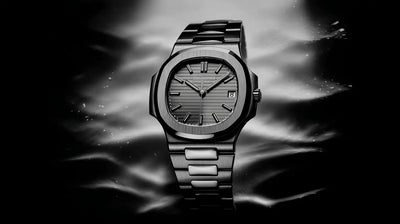
It leaves no trace. No scratches, no dents. Nothing visible. And yet, magnetism is one of the quietest enemies of your automatic watch. ...
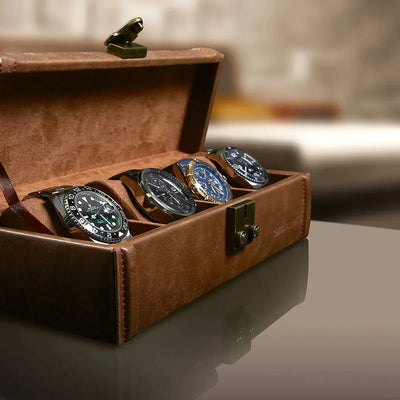
The world of watch boxes offers a multitude of options to meet various needs and preferences. From a simple storage box to...
Leave a comment
This site is protected by hCaptcha and the hCaptcha Privacy Policy and Terms of Service apply.